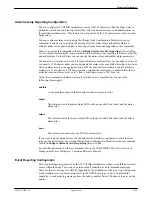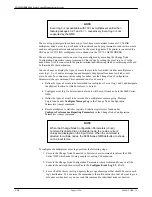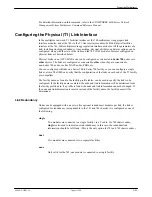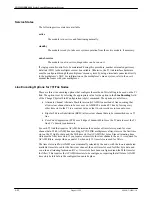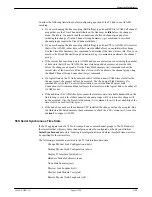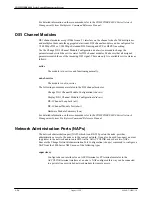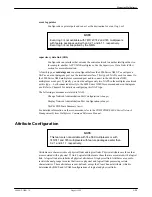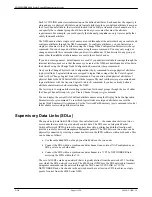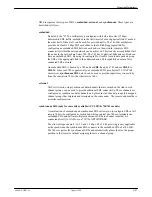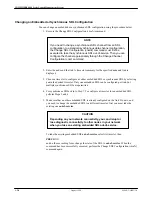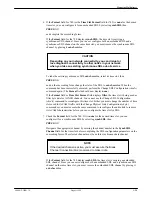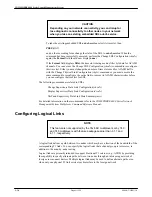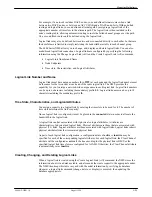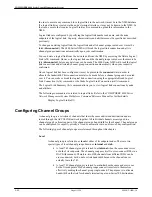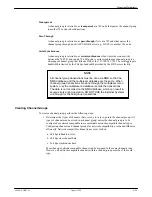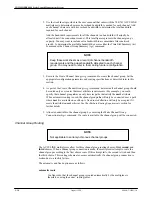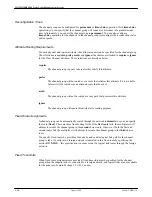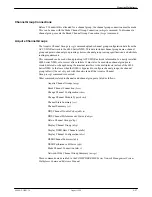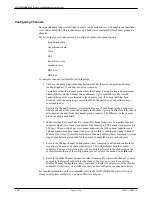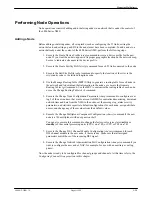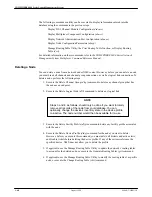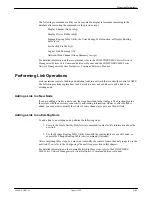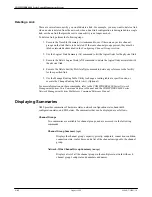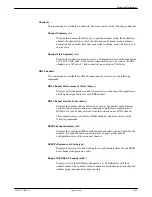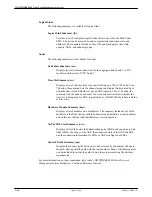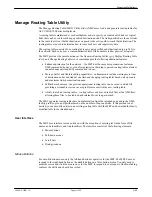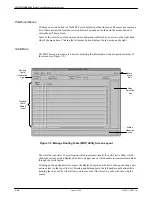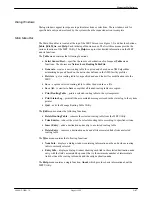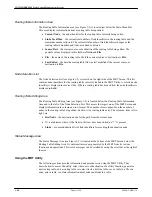
Managing Multiplexers
1-33
6800-A2-GB21-10
August 1994
Transparent
A channel group is referred to as transparent at a 745 node that passes the channel group
to another 74x node in both directions.
Pass-Through
A channel group is referred to as pass-through if it is at a 745 node that passes the
channel group through a non-ACCULINK device (e.g., DACS) to another 74x node.
Serial Synchronous
A channel group is referred to as serial synchronous when it provides connectivity
between the 740/741 node and a 74-56K node. A serial synchronous channel group is a
bit-mapped channel group that fills one DS0 at the 731/740/741/742. The total aggregate
bandwidth is limited by the 56 kbps bandwidth provided by the DDS access facility.
NOTE
All channel group transactions must be done via NMS so that the
NMS database and the multiplexer database are the same. When
channel group transactions are done through the multiplexer menu
system, only the multiplexer’s database records the transactions.
The data is not recorded on the NMS database, which can result in
severe errors during operation. DO NOT USE the External Systems
cut-through for channel group transactions.
Creating Channel Groups
To create a channel group, perform the following steps.
1. Determine what types of channels (data, voice, etc.) are to go into the channel group. All
types of channels can be mixed in a channel group, unless the channel group is to be
configured as network compatible to accommodate network compatible channel types.
Configuring channels and channel groups for network compatibility uses bandwidth more
efficiently. Network compatible channel types are as follows.
a. 64 kbps robbed-bit voice
b. 64 kbps clear channel data
c. 56 kbps synchronous data
More than one network compatible channel can be assigned to the same channel group.
However, all network compatible channels within a channel group must be of the same
type.

